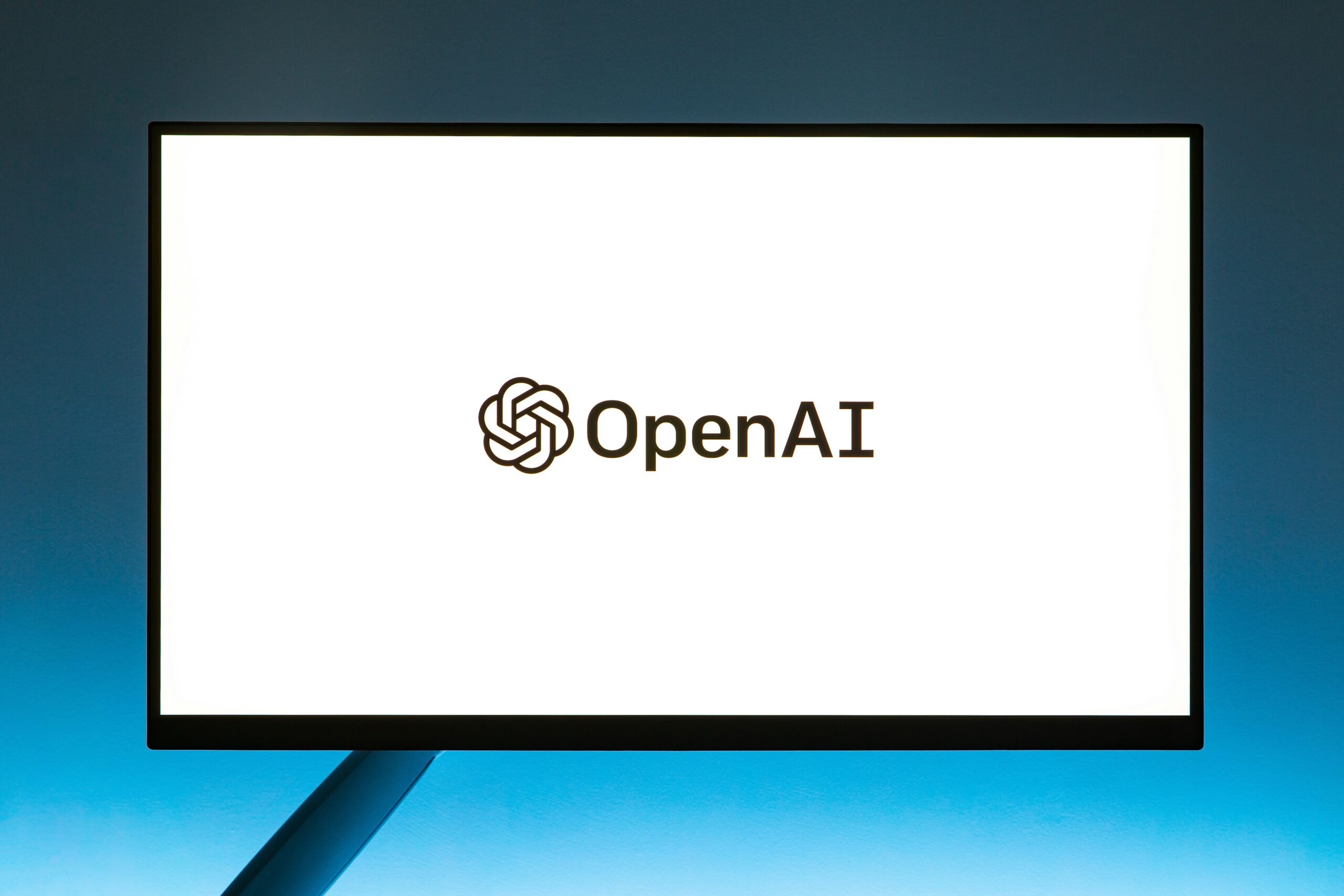By becoming a member of our site, you can add the content you like to your favorites, and present the content you have produced or liked on the internet to our site visitors with the send content option.
Zaten bir üyeliğiniz mevcut mu ? Giriş yapın
By becoming a member of our site, you can add the content you like to your favorites, and present the content you have produced or liked on the internet to our site visitors with the send content option.
You Can Benefit from All Options Exclusive to Our Members by Registering

Next Content:
The Future of Blockchain and Its Impact on Finance
Understanding the Progress and Future of ChatGPT in AI Development

ChatGPT has marked a significant milestone in the development of artificial intelligence (AI), particularly in the domain of natural language processing (NLP). Developed by OpenAI, ChatGPT leverages state-of-the-art AI techniques to engage in human-like conversations, understand complex contexts, and generate coherent responses. This innovation has far-reaching implications across various sectors, from customer service and education to healthcare and entertainment. The future of ChatGPT promises even more transformative impacts, driven by continuous advancements and integrations.
The journey of ChatGPT began with the evolution of transformer models, a groundbreaking deep learning architecture introduced by Google researchers. These models revolutionized the way AI processes and generates text by considering the context of each word in a sentence. ChatGPT builds on these foundations, using the GPT-3 (Generative Pre-trained Transformer 3) model, which boasts an impressive 175 billion parameters. This extensive network of parameters allows ChatGPT to understand intricate queries and generate detailed responses, making it one of the most advanced language models available today.
One of the most significant milestones in ChatGPT’s development is its application in customer service. Many companies are adopting ChatGPT to handle customer inquiries, provide support, and manage interactions more efficiently. The AI’s ability to understand and respond to a wide array of questions helps reduce response times and improve customer satisfaction. Additionally, ChatGPT can operate around the clock, offering continuous support and reducing the workload for human agents. For instance, companies like Zendesk and HubSpot have integrated ChatGPT into their customer service platforms to enhance user experiences and streamline operations.
In the education sector, ChatGPT has emerged as a valuable tool for both students and educators. It can assist students with homework, provide explanations of complex concepts, and even help with language learning. For educators, ChatGPT can generate teaching materials, create quiz questions, and offer personalized learning experiences for students. This personalized approach addresses the unique needs of each student, making education more accessible and effective. Platforms such as Khan Academy and Duolingo have started exploring ways to integrate ChatGPT to provide interactive and adaptive learning experiences.
Another significant area where ChatGPT is making an impact is in content creation. Writers, marketers, and content creators use ChatGPT to generate ideas, draft articles, and create marketing copy. The AI’s ability to produce high-quality text quickly helps streamline the content creation process, allowing professionals to focus on strategic aspects of their work. Moreover, ChatGPT’s versatility enables it to write in various styles and tones, catering to different audiences and purposes. For example, media companies like The Guardian and Forbes have experimented with using AI-generated content to supplement their editorial workflows.
In the realm of healthcare, ChatGPT shows promise in enhancing patient care and support. It can provide preliminary medical advice, answer health-related queries, and assist in mental health support by engaging in empathetic conversations. This can be particularly beneficial in providing support in areas with limited access to healthcare professionals. AI-powered chatbots like those developed by Woebot Health and Ada Health are already using similar technologies to offer mental health support and medical information.
Financial services are also benefiting from ChatGPT’s capabilities. The AI can assist with customer service in banks, provide financial advice, and help manage personal finance by offering insights based on user data. By integrating ChatGPT, financial institutions can improve their customer interactions and offer more personalized services. Companies like JP Morgan Chase and Goldman Sachs are exploring the use of AI to enhance their customer service and advisory services.
Despite its impressive capabilities, ChatGPT faces several challenges. One primary concern is the potential for bias in the AI’s responses. Since ChatGPT is trained on a vast dataset from the internet, it can inadvertently learn and propagate biases present in the data. Addressing this issue requires ongoing efforts to refine the training process and implement measures to detect and mitigate bias. Ensuring ethical use of AI and maintaining fairness in its applications is crucial for gaining public trust and acceptance. OpenAI has been actively working on improving the AI’s fairness and transparency, but it remains an ongoing challenge.
Another challenge is the need for improved context awareness. While ChatGPT excels at generating relevant responses, it sometimes struggles with maintaining context over long conversations or understanding nuanced queries. Researchers are continuously working on enhancing the model’s ability to grasp context more effectively, making interactions smoother and more intuitive. Advances in contextual understanding will be crucial for applications that require sustained and coherent conversations, such as virtual assistants and interactive learning platforms.
Looking ahead, the future of ChatGPT in AI development is promising. One anticipated advancement is the integration of multimodal capabilities, allowing ChatGPT to process and generate not just text, but also images, audio, and video. This would enable more comprehensive interactions and open up new possibilities for applications in fields like virtual reality, entertainment, and beyond. For instance, a multimodal ChatGPT could assist in creating interactive storytelling experiences or enhancing user engagement in virtual worlds.
Furthermore, as AI technology continues to evolve, we can expect ChatGPT to become more efficient and accessible. Advances in computational power and optimization techniques will likely reduce the resources required to run such models, making them available to a broader audience. This democratization of AI could spur innovation and creativity, allowing more people to harness the power of AI for various purposes. OpenAI’s initiatives to provide API access to developers and businesses are steps toward making advanced AI tools widely available.
Collaboration between AI developers and industry experts will play a critical role in the future of ChatGPT. By working together, they can tailor the AI to meet specific needs, ensuring it delivers maximum value across different sectors. Whether it’s enhancing customer experiences, supporting educational initiatives, or driving creative projects, the potential applications of ChatGPT are vast and varied. Partnerships with organizations like the World Health Organization (WHO) for health-related AI applications or educational institutions for personalized learning solutions illustrate the potential for impactful collaborations.
In conclusion, the progress and future of ChatGPT in AI development highlight its transformative potential. From revolutionizing customer service and education to enhancing content creation, healthcare, and financial services, ChatGPT is poised to make significant impacts across numerous fields. As researchers continue to address challenges related to bias and context awareness, and as the technology advances, the capabilities of ChatGPT will only grow. Embracing these developments will unlock new opportunities and drive forward the next wave of innovation in artificial intelligence, ultimately shaping a future where AI plays a central role in enhancing human capabilities and experiences.
We offer our respects and wish you a good reading. – Who Learns What? Team
- On-Site Comments































